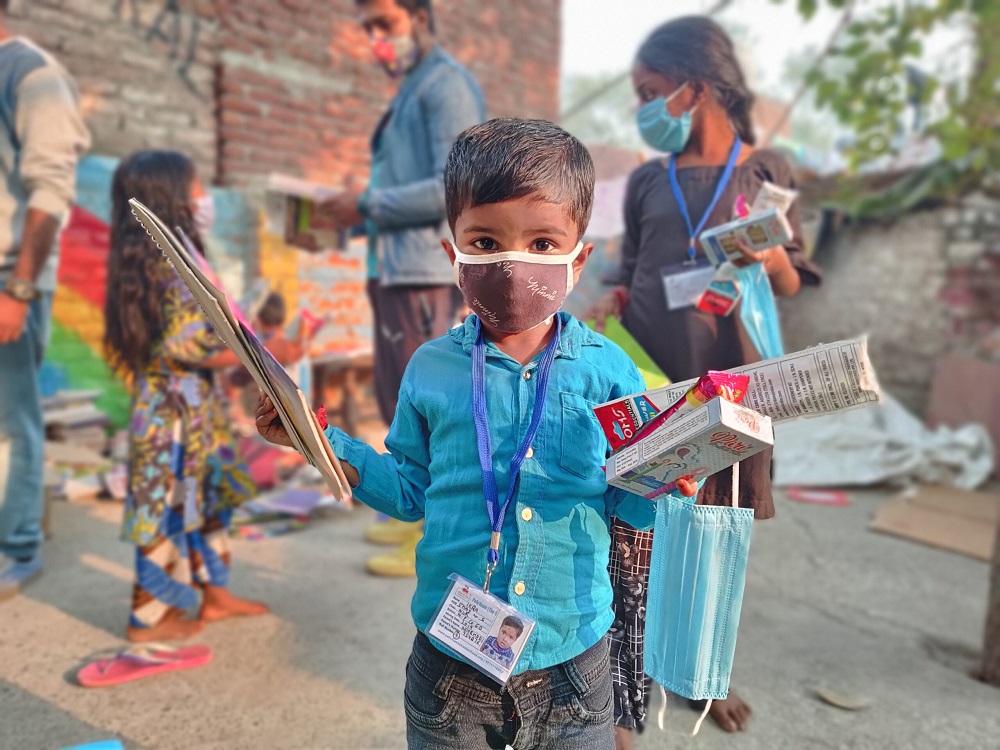Education is often hailed as the great equalizer. However, for underprivileged children, many barriers hinder their access to quality learning opportunities. In this blog of Fikrah, we will delve into some of the prominent educational challenges faced by these children.
The prominent educational challenges faced by these children:
1. Lack of Access to Quality Schools
Underprivileged children are often geographically isolated from well-funded schools. Limited access to quality education institutions robs them of opportunities for a better future.
2. Insufficient Learning Resources
Inadequate learning resources, including textbooks, technology, and teaching materials, hinder the educational development of underprivileged students. Thus leaving them at a disadvantage.
3. Economic Pressures
Many underprivileged children are forced to focus on work to support their families. Thus leaving them with less time and energy for schoolwork. Poverty’s grip can force them to drop out of school altogether.
4. Language Barriers
Children from marginalized communities often face language barriers in education. The curriculum may not be in their native language. Thus making it harder for them to grasp concepts and excel in school.
5. Discrimination and Stigmatization
Social discrimination and stigmatization based on socioeconomic status can affect a child’s self-esteem and motivation to learn. It creates a hostile learning environment.
6. Lack of Role Models
Without access to role models who have succeeded despite similar circumstances, underprivileged children may struggle. To envision a brighter future through education.
7. Inadequate Teacher Training
Teachers in underprivileged areas may lack the necessary training and resources to address the unique needs of their students. Thus perpetuating the cycle of educational inequality.
Solutions
1. Equal Access Initiatives
Governments and NGOs should work to ensure that quality schools are accessible to all. Regardless of socioeconomic status or location.
2. Resource Allocation
Proper allocation of resources to underprivileged schools can help bridge the resource gap. Also, provide essential learning materials.
3. Financial Support
Scholarships and financial aid programs can help underprivileged students stay in school. Without the burden of economic pressures.
4. Multilingual Education
Implementing multilingual education programs can address language barriers. It can also improve understanding among diverse student populations.
5. Anti-Discrimination Measures
Schools must enforce strict anti-discrimination policies. To create an inclusive and welcoming environment for all students.
6. Teacher Training
Providing specialized training for teachers working in underprivileged areas can enhance their ability to meet students’ unique needs.
Conclusion:
In conclusion, addressing the educational barriers faced by underprivileged children is crucial for creating a fairer society. It requires a concerted effort from governments, communities, and organizations to ensure that every child has an equal opportunity to access quality education and unlock their full potential.
Click here to know more about “Underprivileged Children Problems”

